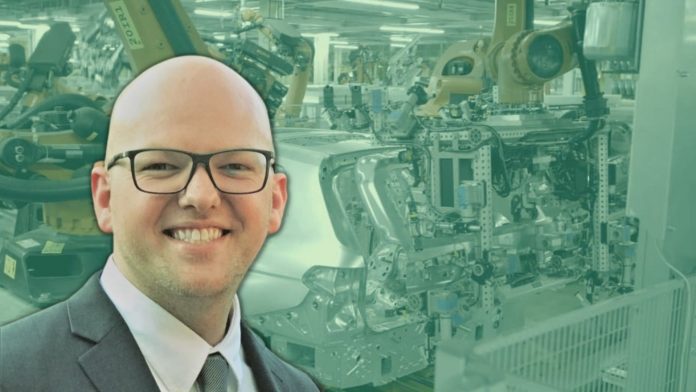The automotive business has been significantly impacted by artificial intelligence. According to Future Market Insights, sales of driverless vehicles are expected to reach $70 billion by 2033. However, AI-powered self-driving cars are not the only change; the manufacture of cars is already incorporating AI technology.
The BMW Group is currently shifting gears to rely more heavily on AI to build a leaner and more effective manufacturing process as part of that industry-wide trend.
Over the last few years, BMW has improved its Spartanburg, South Carolina, facility to accommodate new AI capabilities. About 60% of all BMWs sold in the U.S. are made in a facility with an area of more than eight million square feet. That translates to a daily production rate of more than 1,500 vehicles.
Within the shop, Robots weld between 300 to 400 metal studs into each SUV’s frame. That translates to over 500,000 studs being placed by machines daily under AI management.
According to BMW Group Manager Curtis Tingle, “AI technology verifies that each stud is positioned correctly. The system instructs the robots to move a misplaced stud if it is detected. No assistance from others is required.” Tingle told CNBC. “AI directly removes human reasoning and manual intervention from the equation.”
According to Tingle, the new technology has significantly increased productivity. With what the AI is accomplishing now, “We’re achieving five times what we even thought was possible before.”
BMW Group’s IT Project Lead Camille Roberts explains how new AI software accelerates the automaker’s inspection procedure on the factory floor. Outlining 26 separate cameras are placed throughout the floor as the SUVs proceed down the line. Roberts claims that at that point, “the AI kicks in, identifying issues and flagging them for a human to fix,” averting the shipment of a defective vehicle.
Ultimately, The scanning procedure takes days instead of months, thanks to improved AI software. The automated manufacturing line used by the BMW Group will eventually be able to learn on its own how to find and suggest new ways to increase efficiency.




